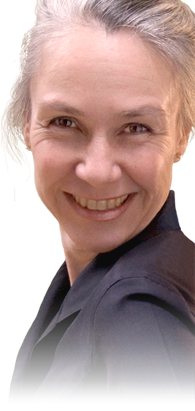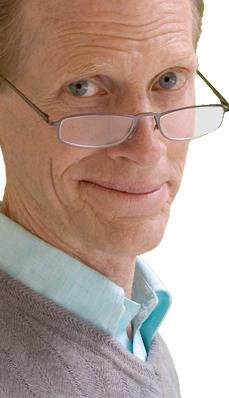


As Oriental Medicine steps into the twenty-first century, clients and doctors alike find themselves in a world unrecognizable to inhabitants of ancient China. Power generating plants, internal combustion engines, and industry belch tons of toxins daily into the air we breathe, the water we drink, and the foods we eat. No region of the globe is untouched by this onslaught. No individual is unaffected. Those with autism and Alzheimer's are the genetic "canaries" in our population — those least able to handle the toxic load — and the dramatic increase in these disorders is but a tiny reflection of the mercury and lead poisoning we are inflicting upon ourselves.
The food we eat is a joke. Never before in the history of humankind has so much food been available to the masses, regardless of season. Diseases of dietary excess are increasing exponentially — everywhere, not just in industrialized nations. And, paradoxically, never before has our food been so bereft of nutrients, while riddled with pollutants, both intentional and accidental.
Likewise, our numbers are grossly disproportionate to what the planet can reasonably support. Overcrowding alone causes “dis-ease,” both mental and physical. Now, more than ever before, the wisdom of Oriental Medicine will be called upon to ease the burden of the condition we’ve created.
The principles of Oriental Medicine were conceived in a time very different from our own. Fortunately, they are as sound today as they were two thousand years ago. But if Oriental Medicine is to step into its rightful place as a prominent force in the world of twenty-first century American medicine, it will need to find new responses, in accordance with its principles, to meet the more challenging forces at play today.
Happily, that is precisely what is happening. As Oriental Medicine spreads to the West and other cultures, fresh innovations are emerging from unforeseen quarters as powerful tools to address the ills of humanity’s creation.
The following list enumerates just a few of these innovations, which add to Oriental Medicine’s growing arsenal in the battle for survival in these "interesting" times. Each of these techniques has proven itself to be immensely valuable in addressing the above concerns and their results. To delve more deeply into any of these modalities, simply click on its name for more information.
It’s worth clarifying here, that many of the modern modalities mentioned above are used by practitioners other than Doctors of Oriental Medicine. What's interesting, however, is that, just like acupuncture, many of these methods are much more effective when used and understood within the context of Oriental Medicine than it is without — even when the technique did not originate in Oriental Medicine.
Take ‘prolotherapy’, for instance.
And what about ‘trigger point therapy’?
2202 Menaul NE
This site is best viewed in the current version of Safari.